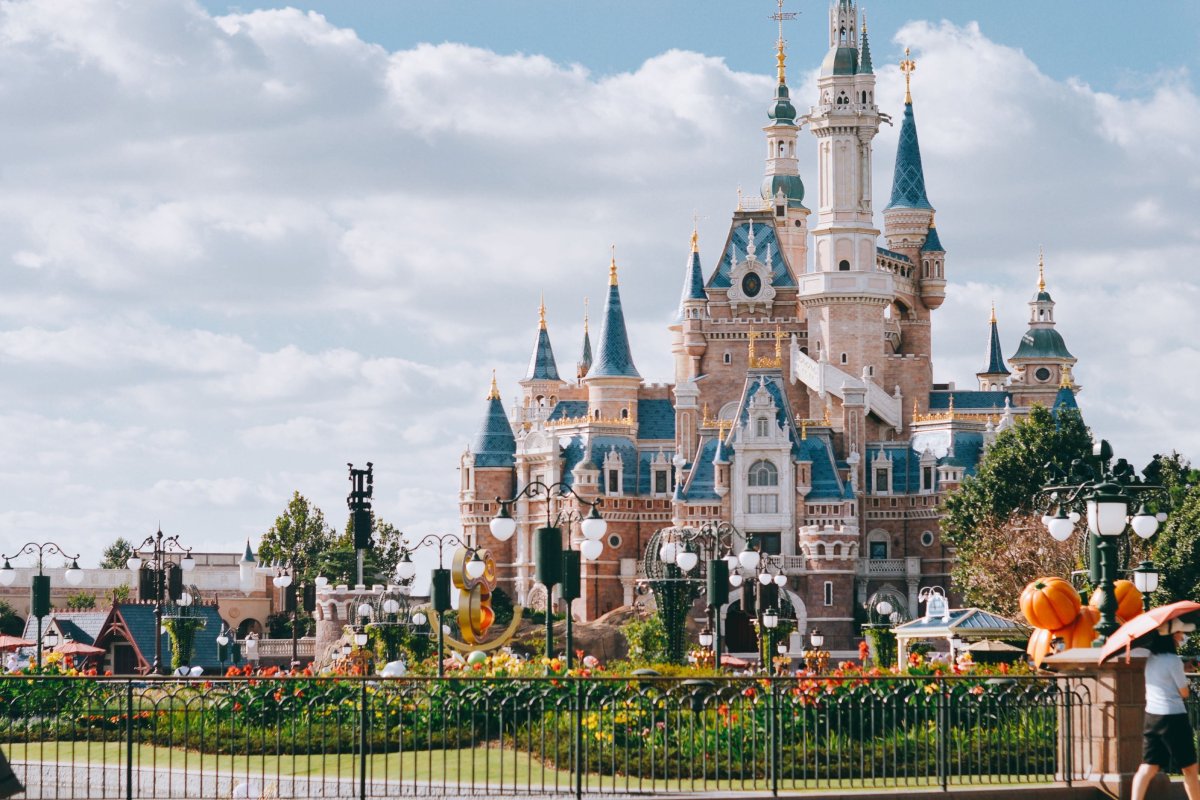Skift Take
Walt Disney's Shanghai theme parks and its cruises showed particular strength early this year. That may help spare them from many of the broader cuts at the company.
Disney Parks, Experiences and Products will be a key growth driver for the Walt Disney Corporation, as it approaches its target of cutting $5.5 billion in costs across the company, said CEO and Director Bob Iger during an earnings call Wednesday.
In the first quarter, Iger announced plans to shed 7,000 jobs, cut billions of costs in content and non-content spending, and reorganize the company.
Disney Parks, Experiences, and Products Chairman Josh D’Amaro kept his position amid the reorganization.
Amid the shuffle, “authority and accountability” is returning to the company’s “creative leaders” and the company has become more efficient, Iger said.
For the first quarter, the Disney Parks, Experiences, and Products segment’s revenues increased 17 percent to $7.8 billion and operating income increased 23 percent to $2.2 billion. Higher operating results for the quarter reflected increases at its international and domestic parks and experiences businesses, partially offset by lower revenue at its merchandise licensing business.
In the international segment, Shanghai Disney Resort, Disneyland Paris, and Hong Kong Disneyland Resort were among the big contributors. Shanghai and Paris both got a boost from hosting more guests and increased spending growth. Hong Kong’s boost was due to the fact that it had more operating days compared to closures in the previous quarter.
Shanghai Disney Resort has bounced back fast after its long closure during the pandemic, said Disney Chief Financial Officer Christine M. McCarthy. New attractions in the pipeline like Zootopia will accelerate the momentum for the resort, she said.
Domestically, operating income growth was due to the Disney Cruise Line’s strong performance. The cruise line saw an uptick in passenger cruise days. The cruise line has made a strong recovery. “That business has come back incredibly strongly over this fiscal year,” said McCarthy. “We are encouraged by what we are seeing there.”
Domestic parks and resorts saw weaker year over year results due to Walt Disney Resort’s weaker performance, which Disneyland Resort’s growth partially offset. Disneyland Resort’s increased operating income came from growth in attendance and guest spending.
In 2023, the company’s domestic parks are expected to have a “solid year” of growth, said McCarthy.
Iger also commented on the company’s and Florida Governor Ron DeSantis’s dueling lawsuits against each other. He said the state was “retaliating against us for taking a position about pending legislation, and we believe that in us taking that position, we are merely exercising our right to free speech.”
The company plans to invest $17 billion in Florida over the next 10 years.
Walt Disney has started to utilize AI to create some efficiencies to serve customers better, Iger said. He didn’t elaborate on what exactly, but he sees a lot of opportunities in it.
“Getting closer to the customer is something that is a real goal of ours,” he said.
Iger expects AI to be highly disruptive, but it “could be extremely difficult to manage, particularly from an intellectual property management perspective.”
The Daily Newsletter
Our daily coverage of the global travel industry. Written by editors and analysts from across Skift’s brands.
Have a confidential tip for Skift? Get in touch
Tags: disney, disney cruise line, disney parks, earnings, florida, theme parks
Photo credit: Shanghai Disney Resort. Photo by Erin With. Source: Unsplash.

